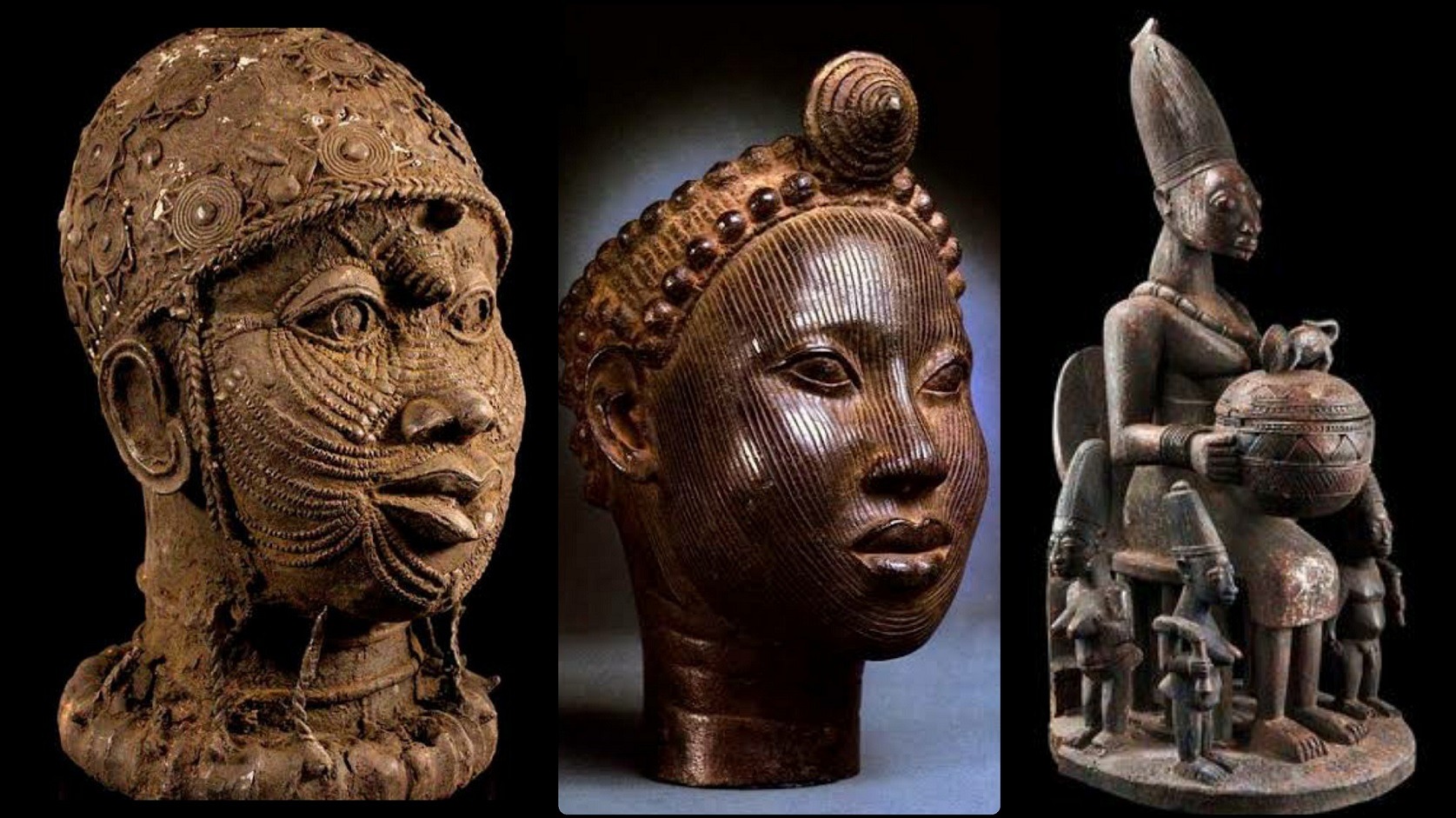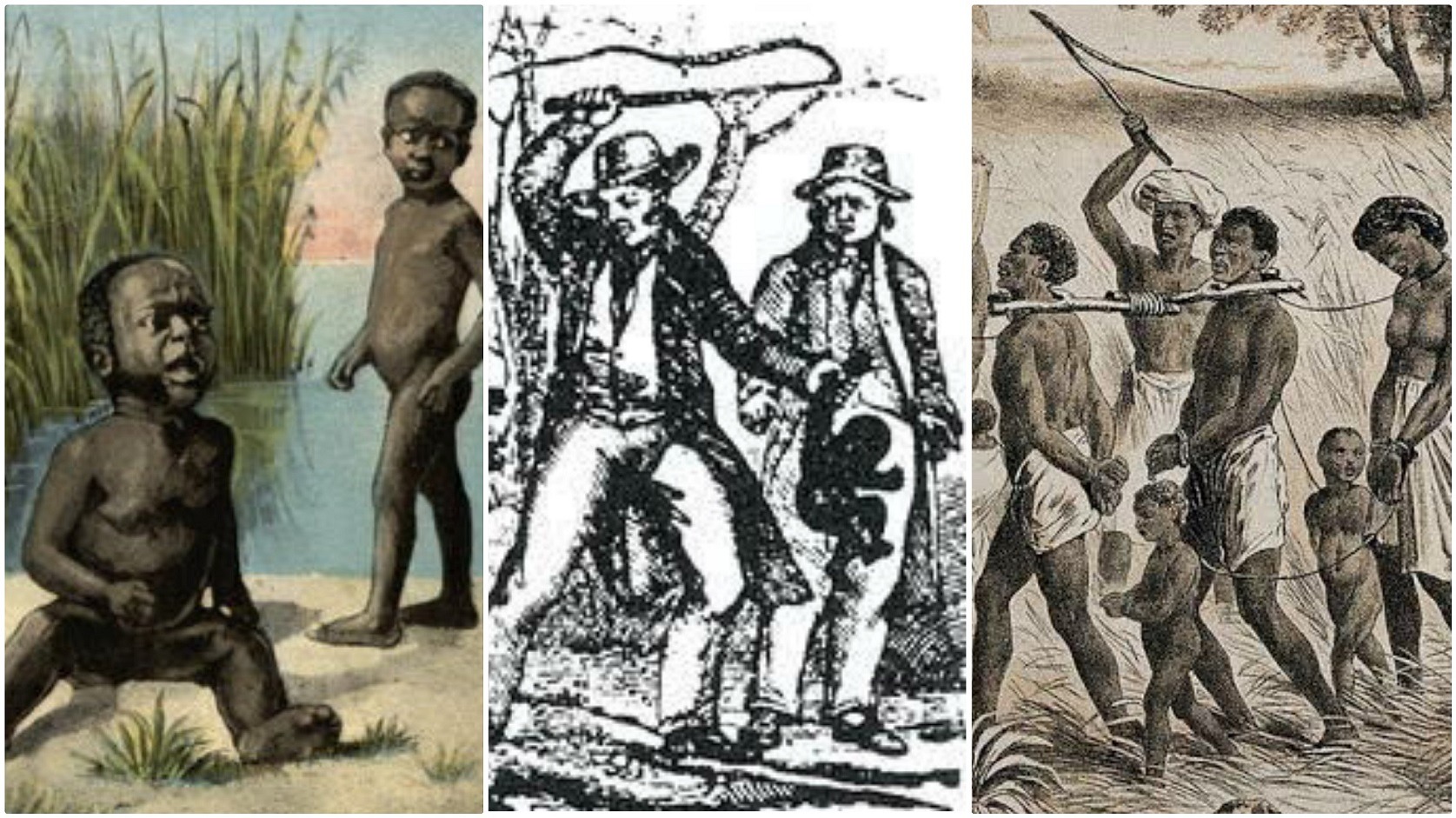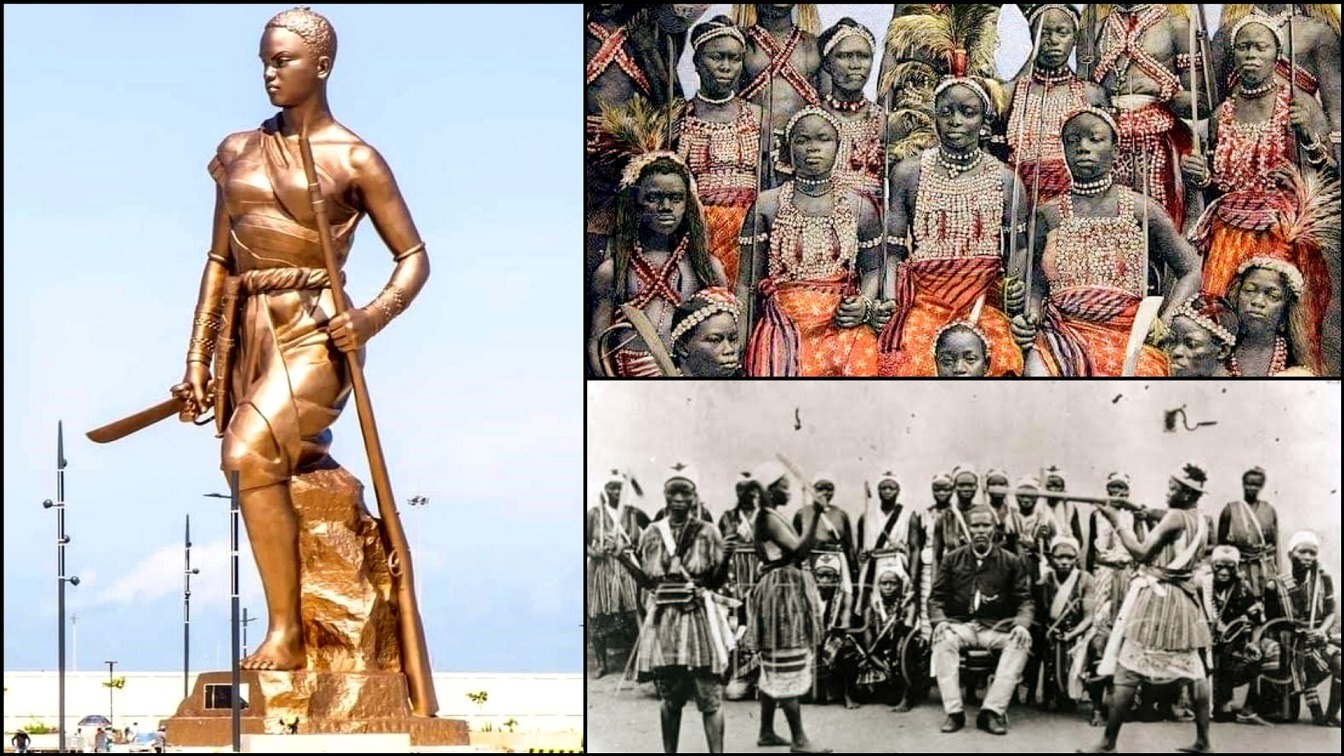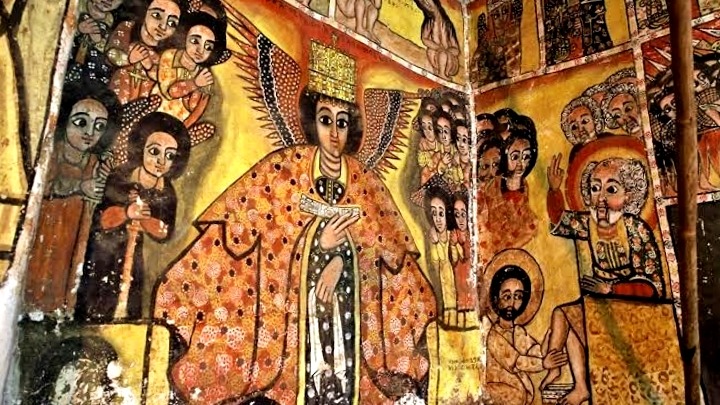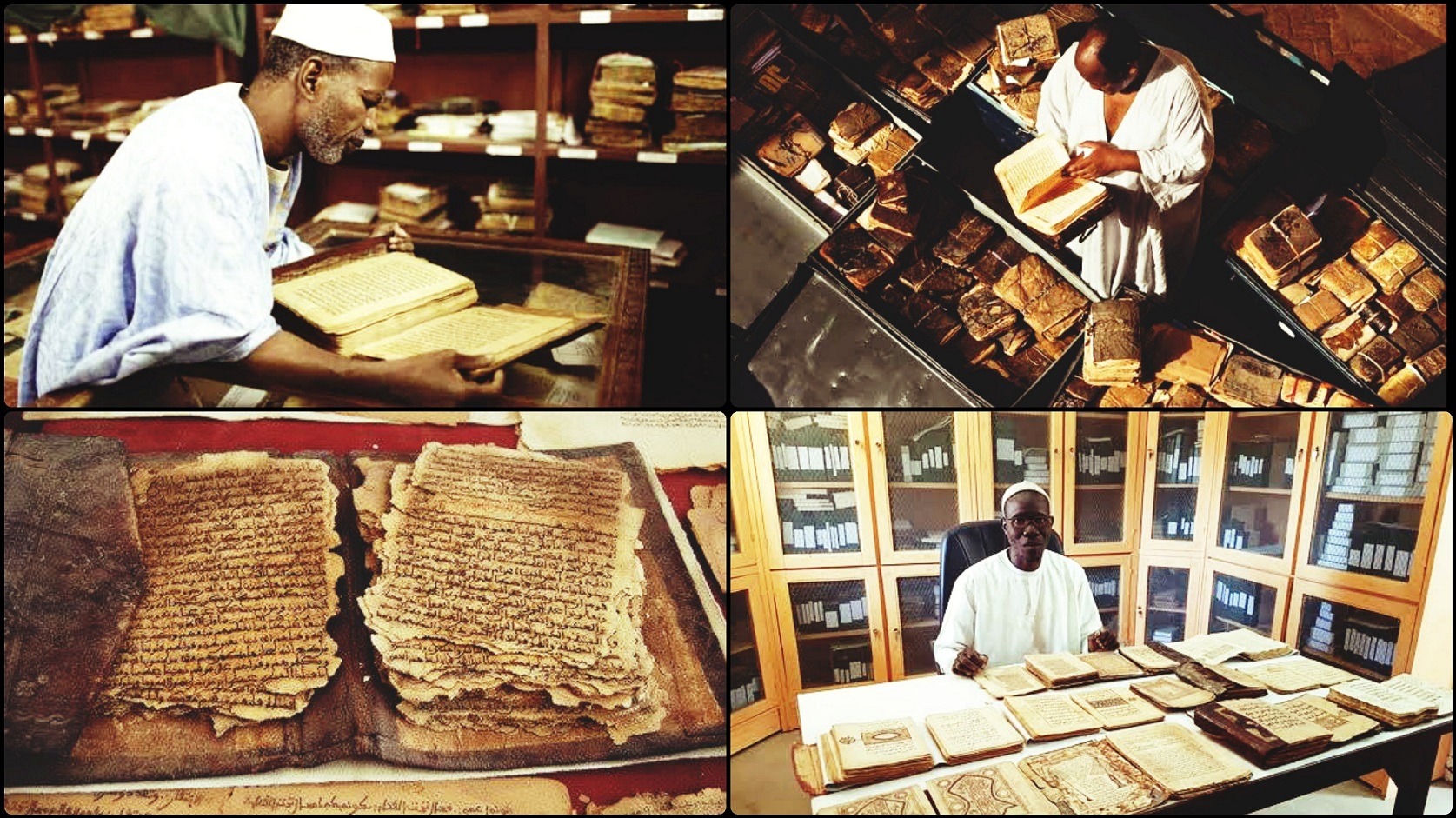Yoruba Metal Art: There is well-documented evidence that iron smelting and forging technologies may have existed in West Africa among the Nok people of Nigeria as far back as the 6th century BC. From 1400 to 1600, iron technology appears to have played a crucial role in the fundamental social assets that engendered the growth of significant centralized civilizations within the West African region.
The fabrication of iron tools and weapons led to extensive mechanized agriculture, efficient hunting, and successful warfare that ensured the growth of large urban centers.
Also, iron was crucial to the rise of Yoruba kingdoms, particularly the Ife and Oyo Empire. They had a great deal of contact with one another and as such share similar belief systems about the attributes of iron and the methodologies for its smelting. Ife metal castings appear to be some of the finest sub-Saharan art, are pretty naturalistic in outlook, and are mostly hollow-cast heads often used in ancestral rites.
According to tradition, there are indications that the first caster originated from Ife roughly around the 14th century. And the predominant forms were the heads representing dead Benin kings, most often supporting a carved-out ivory tusk.
Together with other figurative castings and bells, these were placed on altars and dedicated to early kings. Also, figurative plaques were used as architectural designs and decorations.
For example, Ogun, the god of iron, is an important deity recognized among the Yorubas. It is often credited with introducing iron as well as being the first warrior and hunter. Furthermore, Ogun is recognized as the opener of roads, clearer of fields, and founder of great dynasties.
The characteristic iron sword of Ogun, one of the Yoruba Metal Art, often regarded as a symbolic cultural motif, is linked with both civilizing and aggressive actions.
One of the most famous Yoruba metal works is the Bronze Head of Ife. Unearth in Ife in 1938, the copper alloy sculpture is believed to represent a king and was probably made between the 13th and 14th centuries, long before any European contact with the local population.
The realism and authenticity of the sophisticated sculptures challenged the western conceptualization of African art at the time. One year after its exhumation, the Ife head was hauled over to the British Museum.
Because of its impactful significance and a testament to the rich civilization of the Yorubas, the Ife heads are now used on a wide scale in logos and branding of Nigerian corporations and educational institutions, such as the one used for Obafemi Awolowo University in Ile-Ife.
Because of its symbolic significance, the British Museum’s Ife head was included in the 2010 major exhibition Kingdom of Ife: Sculptures from West Africa, which was in partnership with Nigeria’s National Commission for Museums and Monuments, the Museum for African Art, New York, and the British Museum. The whole exhibition was part of a series of events that marked the 50th anniversary of Nigeria’s independence.
These all go to show that, long before European contact with West Africa, the Yorubas have developed a highly sophisticated iron industry that was a testament to their civilization and ingenuity.
